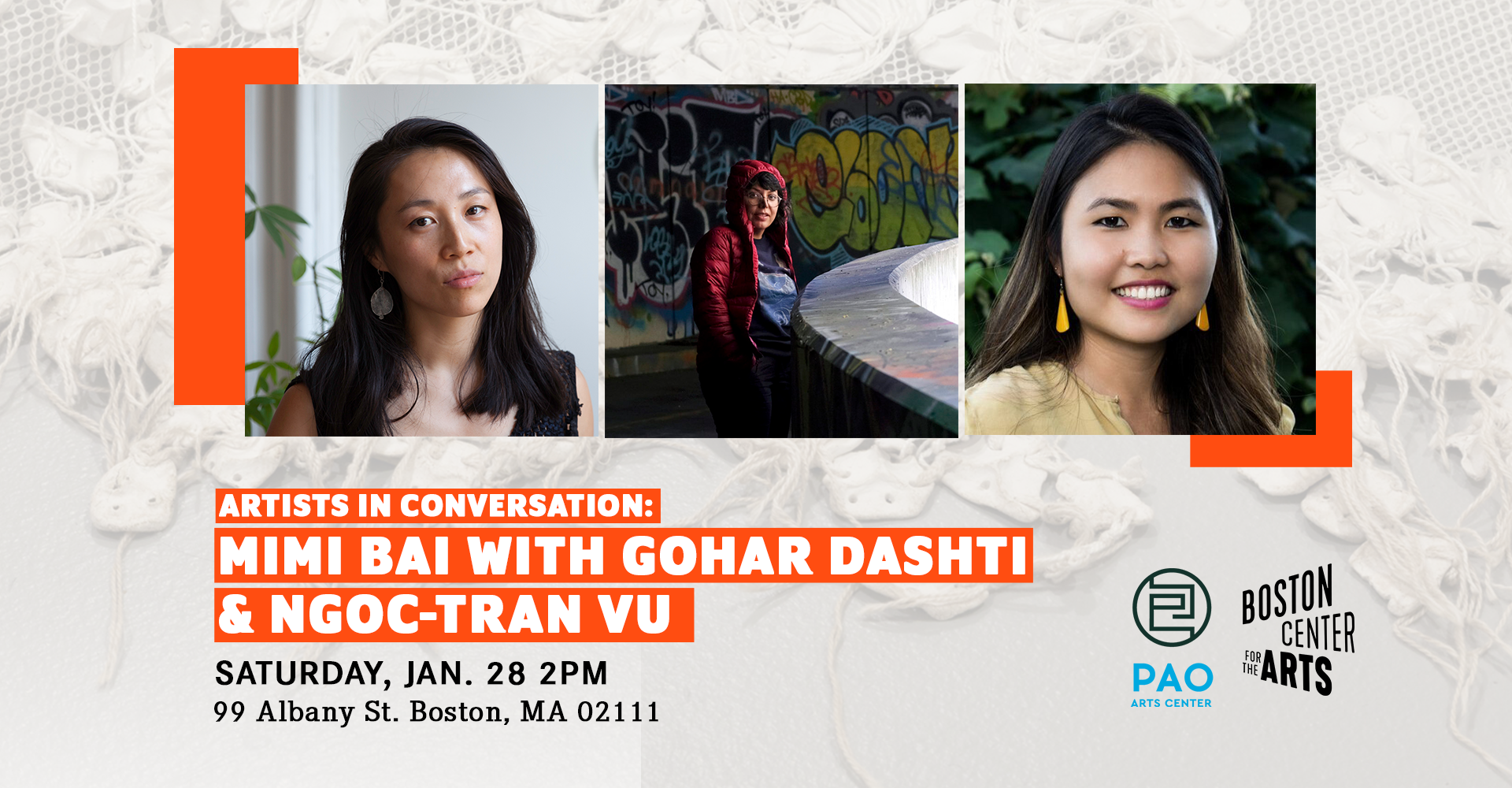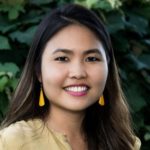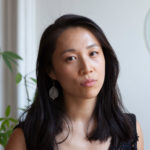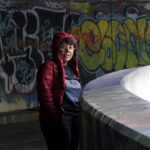

Join NYC-based artist Mimi Bai for an intercity conversation with Boston-based artists Gohar Dashti and Ngoc-Tran Vu at Pao Arts Center. This conversation is in support of Bai’s solo exhibition Mimi Bai: HIDE AND SEE, curated by Amanda Contrada, that is currently on view at the Mills Gallery. Drawing from different regions of the diaspora, each artist utilizes varying conceptual approaches to explore themes of migration, home, and community through their work. Their overlapping and contrasting practices in video, photography, mixed media and public art raise anthropological and sociological questions around assimilation in new geographies.
After the conversation, join artist Mimi Bai at the Mills Gallery for an artist walkthrough of her solo exhibition, HIDE AND SEE. Artist gallery hours start at 4 pm that Saturday.
PLEASE NOTE:
Masks are required.
Agenda for the day
2 PM | Pao Arts Center, Chinatown | Community Conversation: Mimi Bai in dialogue with artists Gohar Dashti and Ngoc-Tran Vu
4 PM | Mills Gallery at Boston Center for the Arts | Gallery Walkthrough with Mimi Bai
This program is organized by Pao Arts Center and Boston Center for the Arts (BCA) in connection with HIDE AND SEE, the latest exhibition from our 1:1 Exhibition Series, by Mimi Bai, curated by Amanda Contrada.
On view at the Mills Gallery from Friday, December 16 to Saturday, February 18, 2023.
Ngoc Tran Vu and Julia Szesblum on La Hora de Café at El Mundo Boston
About the Artists

Portrait of Ngoc-Tran Vu, Photo Credit: Virginia Sutherland
Ngoc-Tran Vu is a 1.5-generation Vietnamese-American multimedia artist and organizer whose socially engaged practice draws from her experience as a cultural connector, educator, and lightworker. Tran threads her social practice through photography, painting, sculpture and audio so that her art can resonate and engage audience with intentionality. Her work evokes discourse of familial ties, memories and rituals amongst themes of social justice and intersectionality. She is currently an adjunct faculty in Asian American Studies at the University of Massachusetts Boston. Tran works across borders and is based in Boston’s Dorchester community. www.tranvuarts.com | @TranVuArts

Portrait of Mimi Bai Image Credit: Sam B. Jones
Mimi Bai is a visual artist born in Xi’an, China, and based in Brooklyn, NY. Working across sculpture, drawing, installation, and film, her work examines camouflage, labor, assimilation, and survival as both a lived reality and fantasy. Bai has presented work at Artists Space, A.I.R. Gallery, BRIC, Project for Empty Space, and the Whitney Museum of American Art. Her films have screened at Rooftop Films, the Rockaway Film Festival, and the Maryland Film Festival. Bai was a SIP Fellow at the Robert Blackburn Printmaking Workshop as well as a NYSCA/NYFA Artist Fellow for Interdisciplinary Work and a recipient of two Foundation for Contemporary Arts Emergency Grants. She has been an Artist-in-Residence at organizations including the Bemis Center for Contemporary Arts, the Saltonstall Foundation, and the Santa Fe Art Institute. Bai was a participant in the Whitney Independent Study Program and is a graduate of Alfred University (MFA Sculpture) and Wesleyan University (BA Sociology).

Portrait of Gohar Dashti, Photo Credit: Hamed Noori
Gohar Dashti received her M.A. in photography from the Tehran University of Art in 2005. For the past 16 years, she has been making large scale photography with a particular focus on social issues. Her work references history and contemporary culture, as well as the convergence of anthropological and sociological perspectives; employing a unique, quasi-theatrical aesthetic, she brings to bear a diverse intellectual and cultural experience to illuminate and elaborate upon her perception of the world around her.
In her most recent works, Dashti has explored, through her highly stylized, densely poetic observations of human and plant-life, the innate kinship between the natural world and human migrations. Fascinated with human-geographical narratives and their interconnection to her own personal experiences, Gohar Dashti believes that nature is what connects her to the multiple meanings of ‘home’ and ‘displacement’, both as conceptual abstractions, and as concrete realities that delineate and contour our existence. The result is a series of quirky landscapes and portraits, as lush as they are arch, inciting questions about the immense, variegated, border-eschewing reach of nature – immune to cultural and political divisions – and the ways in which immigrants inevitably search out and reconstruct familiar topographies in a new, ostensibly foreign land.
